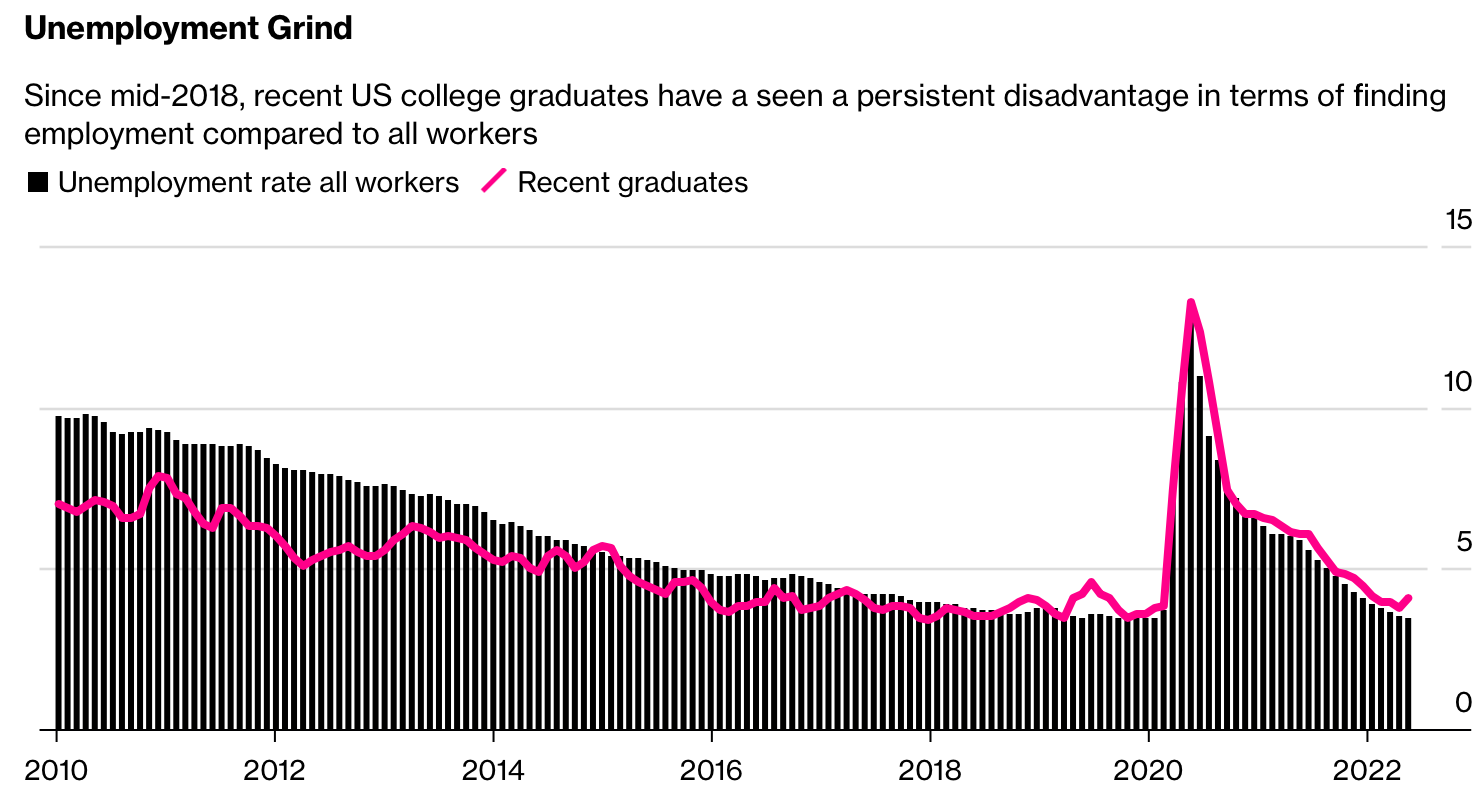
Bloomberg
Media Bias by Omission: Bloomberg Doesn't Investigate Democratic Presidential Candidates
As of Nov. 2019, Bloomberg admits that it engages in bias by omission with a Lean Left bent. Mike Bloomberg, New York City mayor and founder of the financial software company that owns Bloomberg, officially entered the 2020 Democratic presidential race in Nov. 2019. According to a memo sent to editorial and research staff obtained by CNBC and verified by a Bloomberg spokesperson, Bloomberg News announced it would refrain from investigating Mayor Bloomberg and his Democratic rivals.
“We will continue our tradition of not investigating Mike (and his family and foundation ) and we will extend the same policy to his rivals in the Democratic primaries. We cannot treat Mike’s democratic competitors differently from him,” Editor-in-Chief John Micklethwait said in the memo.
In Dec. 2019, President Donald Trump's campaign announced it would stop credentialing Bloomberg News reporters for rallies and other events until the outlet resumed investigating Democratic candidates.
Mike Bloomberg is founder and 89% shareholder in Bloomberg LP, the financial software company that owns Bloomberg News.
Job openings are near record highs in the US and unemployment is close to a generational low. But one category faces a tougher labor market than average: Young college graduates.
Since the start of 2021, the unemployment rate for those age 22 to 27 with a bachelor’s degree or higher has surpassed the national average every single month, according to data released by the Federal Reserve Bank of New York on Friday. Last month, the gap stood at 0.6 percentage point.
The pandemic era exacerbated a trend that started in mid-2018, when the advantage new graduates had enjoyed for almost three decades on the labor market reversed. From 1990 to 2018, they had a better chance of finding a job compared with other workers, the data show.
The worst period for educated young Americans was the summer of 2020, when millions graduated at the peak of the Covid-19 crisis. Many of them got jobs rescinded by employers as the economy shut down.
While employment improved for young graduates as the economy reopened, the gap has started to widen again in recent months. In March, the overall unemployment rate, smoothed with a three-month moving average, was 3.8% and that of recent graduates stood at 4%. By June, the national rate had fallen to 3.5%, while that of young graduates had risen to 4.1%.











